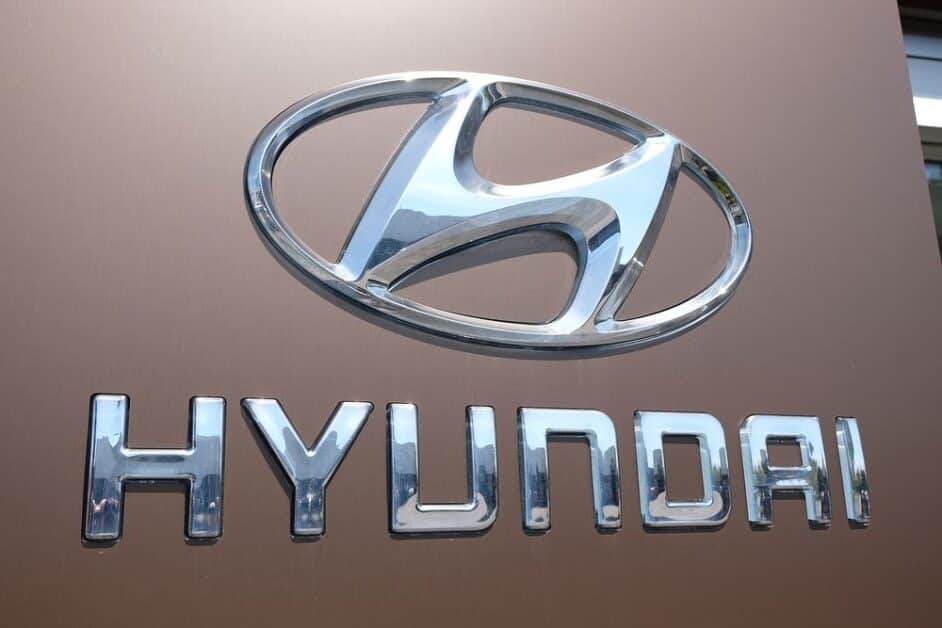As global economic landscapes shift, companies with international footprints face mounting pressure to adapt to changing policies and tariffs. One notable example is Hyundai Motor Group, a South Korean automotive giant that has been proactive in strengthening its U.S. presence. Amid discussions of imposing a 25% tariff on imported automobiles, semiconductors, and pharmaceuticals by former U.S. President Donald Trump, Hyundai touts US presence through significant investments, local manufacturing, and employment generation.

Hyundai’s Strategic Investments in the U.S.
Hyundai Motor Group has long recognized the importance of the American market. Since entering the United States, Hyundai has invested over $20.5 billion, supporting more than 570,000 American jobs. This strategic move not only enhances Hyundai’s market position but also helps mitigate potential financial impacts from new tariffs.
Central to Hyundai’s U.S. strategy is the Hyundai Motor Group Metaplant America (HMGMA) in Bryan County, Georgia. As the largest economic development project in Georgia’s history, the facility is expected to produce 300,000 vehicles annually for the American market. Plans to expand the plant’s capacity to 500,000 units highlight Hyundai’s commitment to localization, which Hyundai Motor Company President and CEO José Muñoz has emphasized as a key strategy to navigate potential tariffs.
Localization: Hyundai’s Key to Tariff Mitigation
“The best way for us to navigate tariffs is to increase localization,” Muñoz stated in a recent LinkedIn post. By focusing on local production, Hyundai touts its US presence through its operational plants in Alabama and Georgia. In 2024 alone, Hyundai produced over 700,000 vehicles in the U.S., reinforcing its dedication to local manufacturing, design, and engineering. This localization strategy not only reduces exposure to import tariffs but also supports the American economy through job creation and community development.
Hyundai Touts US Presence Amid Tariff Concerns
With the looming threat of a 25% tariff, Hyundai plans to increase production at its HMGMA facility from 300,000 to 500,000 units per year. In addition to the Georgia plant, Hyundai’s Alabama facility contributes significantly, with an annual production capacity of 356,100 units. Combined, these efforts aim to elevate Hyundai’s total U.S. production capacity, ensuring that more vehicles are sourced domestically to avoid added costs.
Kia, a Hyundai subsidiary, is also taking proactive steps. With around 60% of Hyundai and Kia’s U.S. vehicle sales manufactured in Korea, Kia’s CFO Kim Seung-jun highlighted the importance of price adjustments and production location shifts to navigate short-term financial burdens.
Broader Industry Reactions to Tariffs
Hyundai is not alone in its efforts to counter potential tariffs. Korean automotive and chip companies, including GM Korea and Samsung Electronics, are also evaluating their production strategies. GM Korea, which exports about 84% of its production to the U.S., is considering reallocating production to U.S. factories. Meanwhile, chipmakers like Samsung and SK Hynix are bracing for the potential impact on their semiconductor exports, which constitute a significant portion of Korea’s U.S. exports.
The Economic Impact of Hyundai’s U.S. Presence
Hyundai touts its US presence not only through manufacturing but also through its extensive network of suppliers and dealerships. These operations generate substantial economic benefits, supporting local economies and providing high-paying jobs. The expansion of Hyundai’s production facilities is expected to have a ripple effect, boosting demand for local materials, logistics services, and ancillary industries.
Moreover, Hyundai’s focus on electric vehicle (EV) production aligns with the U.S. government’s push for greener transportation solutions. The HMGMA plant in Georgia, dedicated to EV manufacturing, positions Hyundai as a key player in the evolving automotive landscape, catering to increasing consumer demand for sustainable vehicles.
Challenges and Considerations
While Hyundai’s localization strategy offers numerous benefits, it also presents challenges. Expanding production capacity involves significant financial investments, logistical planning, and workforce development. Relocating production facilities is a long-term process that requires careful consideration of costs, market dynamics, and regulatory environments.
Industry insiders caution that not all companies may find relocation feasible. For Hyundai, however, the combination of financial resources, market share, and strategic foresight positions the company to navigate these challenges effectively.
Looking Ahead: Hyundai’s Long-Term Vision
Hyundai touts its US presence not as a temporary response to tariffs but as a long-term strategy to strengthen its foothold in one of the world’s largest automotive markets. By investing in local production, fostering community partnerships, and embracing innovation, Hyundai aims to remain resilient amidst economic uncertainties.
The company’s commitment to the U.S. extends beyond manufacturing. Hyundai’s investments in research and development, employee training, and technological advancements underscore its holistic approach to growth and sustainability.
Conclusion
As the global trade environment evolves, Hyundai’s proactive approach to localization and U.S. investment sets a benchmark for multinational corporations. Hyundai touts its US presence through strategic manufacturing expansions, substantial job creation, and a deep-rooted commitment to supporting the American economy. While challenges persist, Hyundai’s long-term vision and adaptive strategies position it to thrive in an increasingly complex market landscape.
By focusing on local production, embracing innovation, and fostering economic partnerships, Hyundai not only navigates immediate tariff concerns but also lays the groundwork for sustained success in the U.S. automotive industry.
